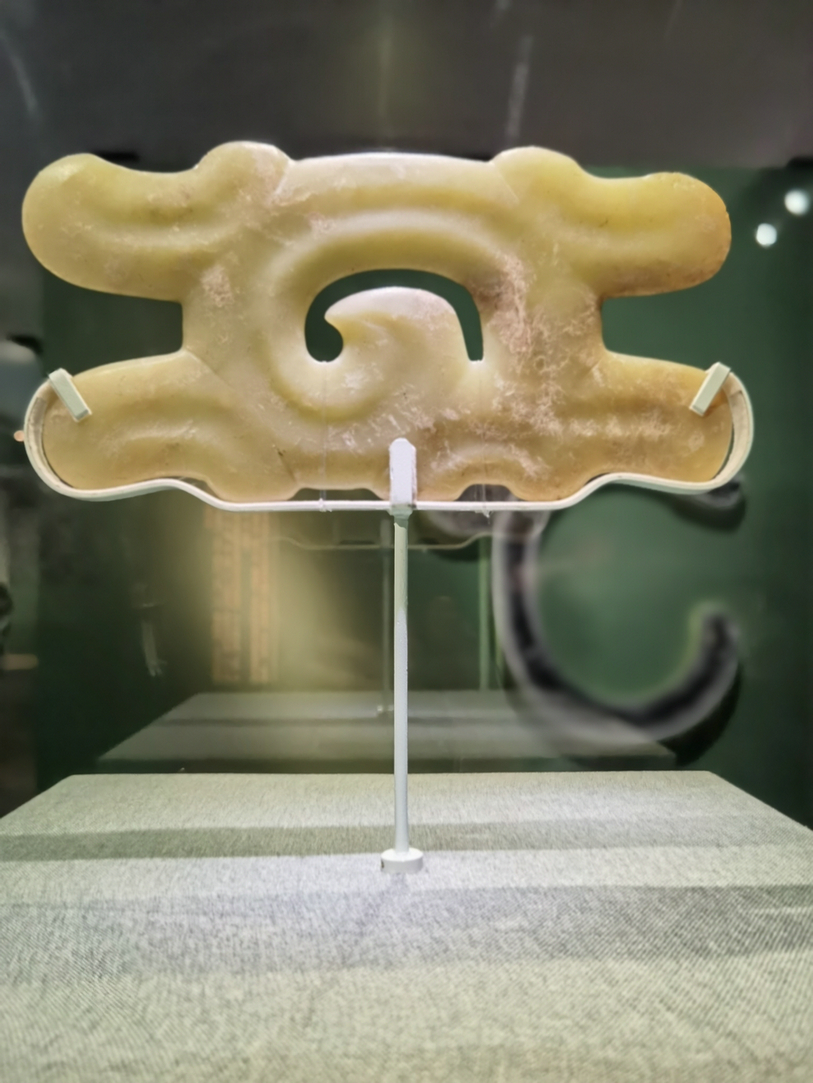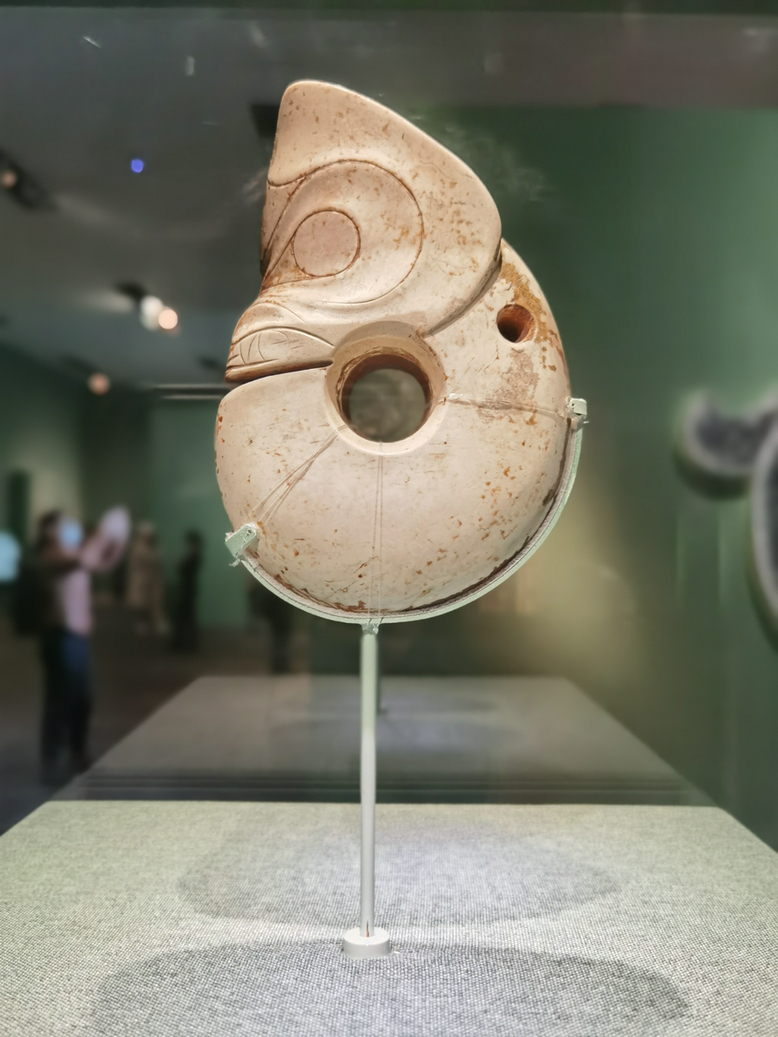

Taking Ma'anqiaoshan archaeological site, located in Jianping county of Chaoyang, as an example, after years' scientific and systematic excavation and research, archaeologists have been able to piece together a picture of how people lived in those days.
The site is located on a hillside near the Laoha River in Shitaigou village and includes living, sacrificial and burial areas.
Hongshan sites are often located alongside rivers and tend to be situated on open and flat-topped hills or toward the top of long slopes on the leeward side facing the sun.
Furthermore, after scientific examination of human bones discovered at the site, archaeologists found that they mainly ate grains.
Combined with the unearthed sets of agricultural tools, it shows that the Hongshan people started to settle down and rely on agriculture 6,400 years ago, breaking the previous belief that they were predominantly hunter-gatherers.
"Hongshan Culture has been included as a national archaeological project," says Bai. "The next step of our work is to investigate and excavate key sites both inside and outside the Niuheliang site to seek more evidence of the connection between the sites and confirm the construction layout of the Niuheliang site.
"Moreover, we plan to establish a database of the natural environment and economic life at that time to accumulate more information for the research of Hongshan Culture," he says.
"An archaeological plan focusing on the Niuheliang site has been formulated to achieve breakthrough results in the short term and contribute to the project of exploring the origin of Chinese civilization."
Fang Aiqing contributed to this story.
Contact the writers at zhouhuiying@chinadaily.com.cn
